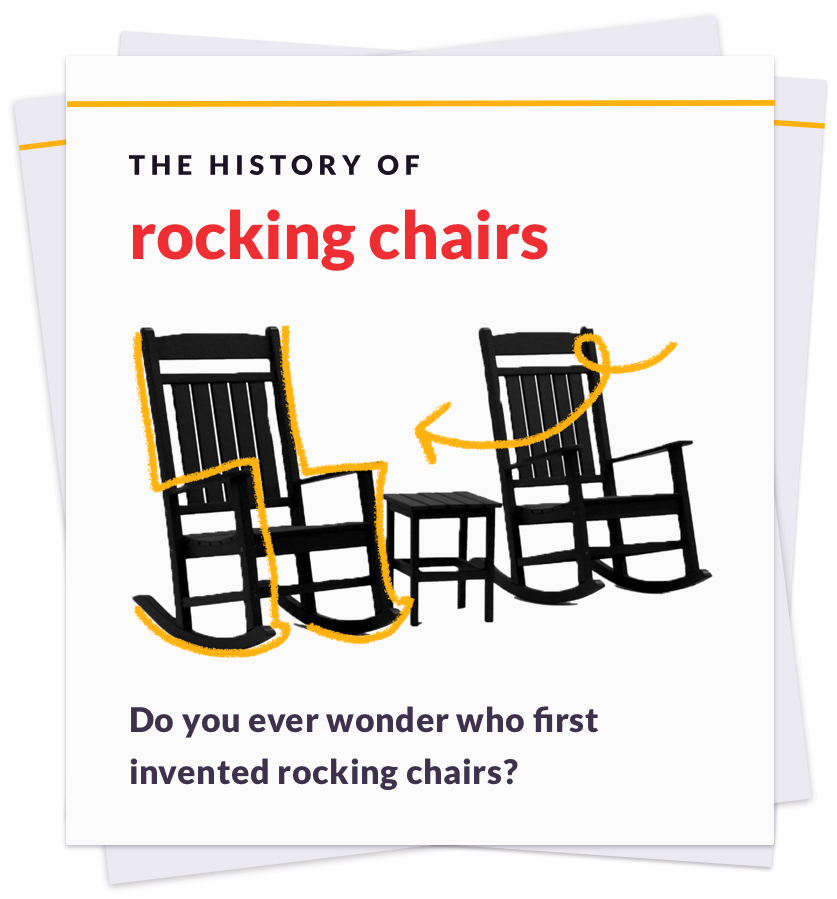Lacrosse was invented by Native Americans and dates back to around 1100, when it was first played by the Haudenosaunee, or Iroquois People, in what is now New York and Canada. Early versions of America’s oldest sport were played with anywhere from 100 to over 1,000 men using wooden sticks. Sometimes net baskets or pockets were attached to the sticks. Deer-hide-wrapped balls were used during play and nets were made from deer sinew. The fields of play were borderless and games could last for days. Lacrosse was an important part of life for Indigenous Peoples and provided socialization, enjoyment, opportunities for trade, preparation for war, and was even used to settle disputes. Some Native Americans believe the sport was a gift from the Creator and it has been named as part of the Haudenosaunee creation story. In the 1600s, French missionaries witnessed Native Americans playing the sport and named it “lacrosse” in English because they thought the sticks used to play it resembled a bishop’s cross. Lacrosse evolved in Canada and was established in the U.S. by Canadian John Flannery in 1879. Mass-produced lacrosse sticks made from lighter and easier-to-handle plastic and metal were introduced in the latter half of the 20th century. They made gameplay faster and increased scoring. STX developed the first plastic head in 1970 and aluminum shafts were introduced in the early 1980s. Around the same time, synthetic mesh began to replace leather as the pocket material of choice. The titanium shaft was introduced in 1992 and composite shafts soon followed. In 1995, Brine developed the modern offset head for lacrosse sticks, which largely replaced the triangular plastic heads introduced in 1970. Today, lacrosse remains an extremely popular sport and is still a deeply important part of Native American culture as well.

Your go-to guide for weird history facts
Subscribe to the FREE daily email that makes learning about history fun.


